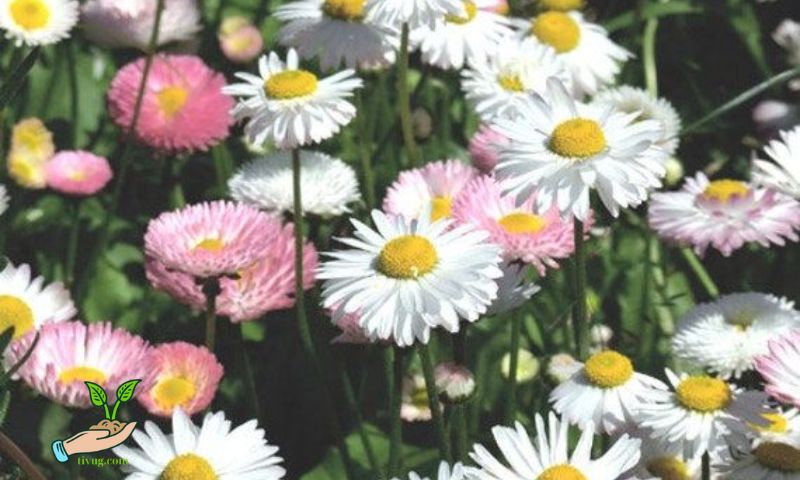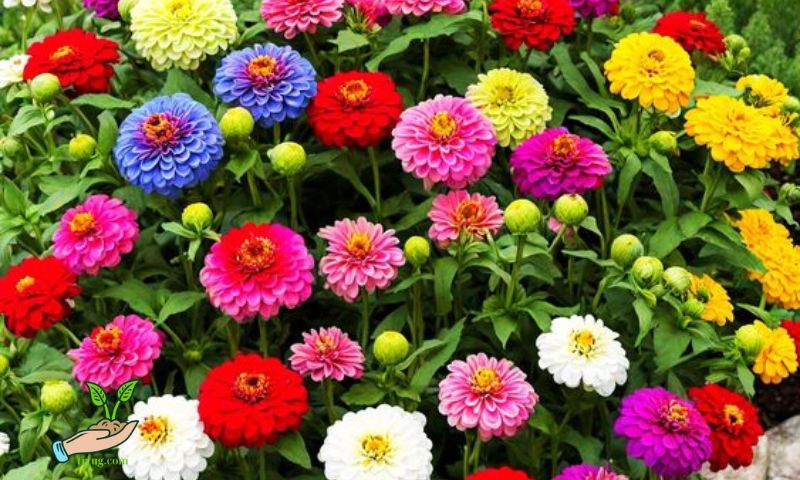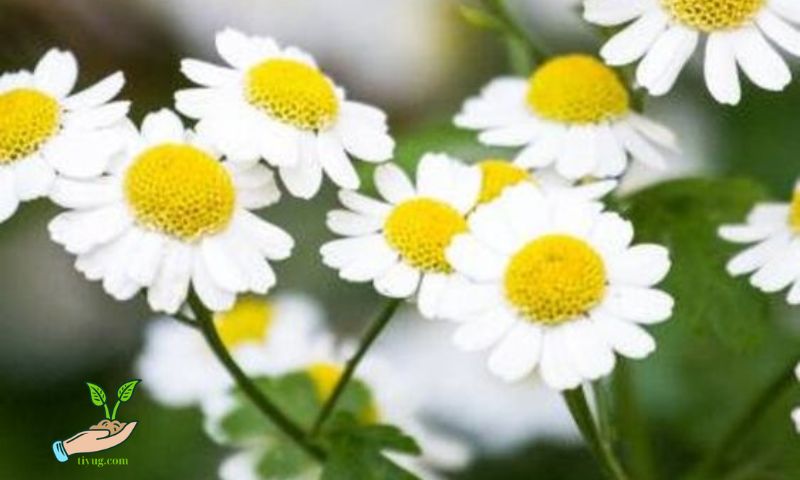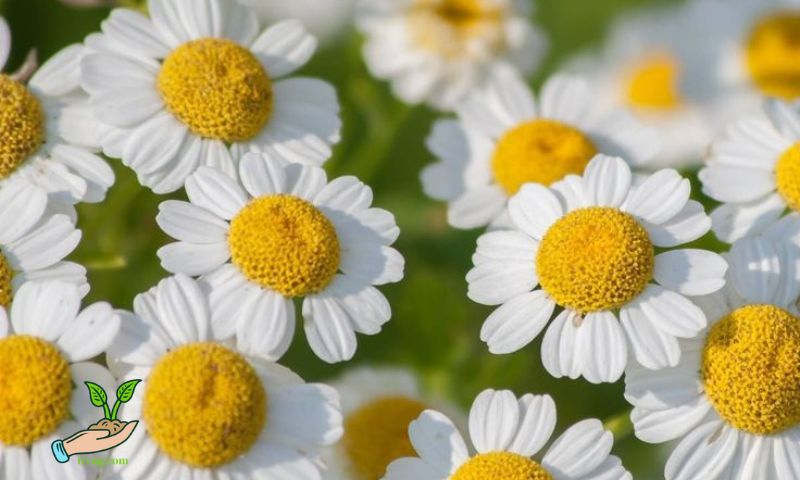How to Germinate Daisy Seeds – Germinating daisy seeds is an exciting journey that allows gardeners to witness the miracle of life from tiny seeds to vibrant flowers. Whether you’re a novice gardener or an experienced horticulturist, understanding the process of germinating daisy seeds is essential to ensure successful growth and blooming. This guide provides a step-by-step approach to help you cultivate beautiful daisies from seeds right in your own garden.
Understanding Daisy Seeds

Daisies, belonging to the Asteraceae family, are beloved for their cheerful blooms and resilience in various climates. Before diving into the germination process, it’s important to familiarize yourself with the types of daisy seeds commonly grown. Popular varieties include English daisies (Bellis perennis), Shasta daisies (Leucanthemum x superbum), and African daisies (Osteospermum spp.). Each type has unique characteristics but shares the common trait of producing stunning, daisy-like flowers that brighten any garden.
Preparation
Before you begin germinating daisy seeds, gather the necessary materials:
- Seeds: Purchase high-quality daisy seeds from a reputable supplier or collect them from mature daisy plants in your garden.
- Containers: Choose small pots or trays with drainage holes to plant the seeds.
- Potting Mix: Use a well-draining potting mix suitable for seed starting.
- Watering Can or Spray Bottle: For gentle watering.
- Labels: To keep track of different seed varieties if planting multiple types.
Select the right time and conditions for germination. Daisies generally prefer cool to moderate temperatures for germination, ideally around 65-75°F (18-24°C). Early spring or late summer are typically ideal times to start daisy seeds indoors, ensuring they have enough time to establish before transplanting outdoors.
Germination Process

Follow these steps to germinate daisy seeds successfully:
- Soil Preparation and Seeding Depth:
- Fill the seed trays or pots with moistened potting mix, leaving about half an inch (1.3 cm) from the top.
- Scatter daisy seeds evenly over the soil surface, spacing them about 1-2 inches (2.5-5 cm) apart.
- Lightly press the seeds into the soil or cover them lightly with a thin layer of vermiculite or additional potting mix. Daisies require some light to germinate, so don’t bury the seeds too deeply.
- Watering and Humidity Requirements:
- Water the seeds gently using a watering can or spray bottle to avoid disturbing them.
- Keep the soil consistently moist but not waterlogged throughout the germination period. Mist the soil lightly if it starts to dry out.
- Light and Temperature Considerations:
- Place the seed trays in a bright location with indirect sunlight or under grow lights. Daisies benefit from at least 12-16 hours of light daily.
- Maintain a consistent temperature range of 65-75°F (18-24°C) to encourage germination. Avoid extreme temperature fluctuations, as they can hinder seedling growth.
Care and Maintenance

Once the daisy seeds germinate and seedlings emerge, continue to care for them with these tips:
- Thinning Seedlings: If multiple seedlings sprout in one pot, thin them out to prevent overcrowding. Keep the healthiest, strongest seedling and gently remove the others to avoid damaging the roots.
- Watering: Water seedlings regularly, ensuring the soil remains evenly moist but not waterlogged. Adjust watering frequency based on environmental conditions and the moisture level of the soil.
- Fertilizing: After seedlings develop their second set of true leaves, feed them with a diluted, balanced liquid fertilizer every two weeks to promote healthy growth.
Troubleshooting
Despite your best efforts, you may encounter several common issues during the germination process, each requiring specific attention to ensure healthy seedling development:
- Damping Off: This fungal disease thrives in overly wet or poorly ventilated conditions, attacking young seedlings at the soil line. To prevent damping off, enhance air circulation around seedlings by spacing them appropriately and avoiding overcrowding. Ensure soil drainage is adequate and refrain from overwatering, as soggy conditions promote fungal growth. Using sterile soil mixtures and sanitized containers can also reduce the risk.
- Leggy Seedlings: Seedlings that appear tall and spindly often signal insufficient light. Inadequate light levels cause them to stretch towards light sources, compromising their structural strength. To remedy this, place seedlings under grow lights or in a location with bright, indirect sunlight. Adjust the height and duration of light exposure to promote compact, sturdy growth. Providing a fan for gentle air movement can also encourage stronger stems.
- Pests: Aphids, spider mites, and other pests pose a constant threat to young seedlings. Regularly inspect plants for signs of infestation, such as yellowing leaves, distorted growth, or visible insects. To control pests, manually remove them with a gentle spray of water or by wiping affected areas with a damp cloth. For persistent infestations, use insecticidal soap or organic pest control methods, ensuring to follow product instructions carefully to avoid harming delicate seedlings.
By addressing these challenges promptly and employing preventive measures, you can foster optimal conditions for germination and early growth. Vigilance and proactive management will contribute to healthier, more resilient seedlings ready for successful transplantation into the garden or larger containers.
Conclusion
Germinating daisy seeds is a rewarding endeavor that allows you to nurture delicate seedlings into resilient plants that will brighten your garden with their vibrant blooms. By following the steps outlined in this guide, you can successfully grow daisies from seeds and enjoy a garden filled with these cheerful flowers. Remember, patience and attention to detail are key to achieving beautiful, healthy daisy plants.

